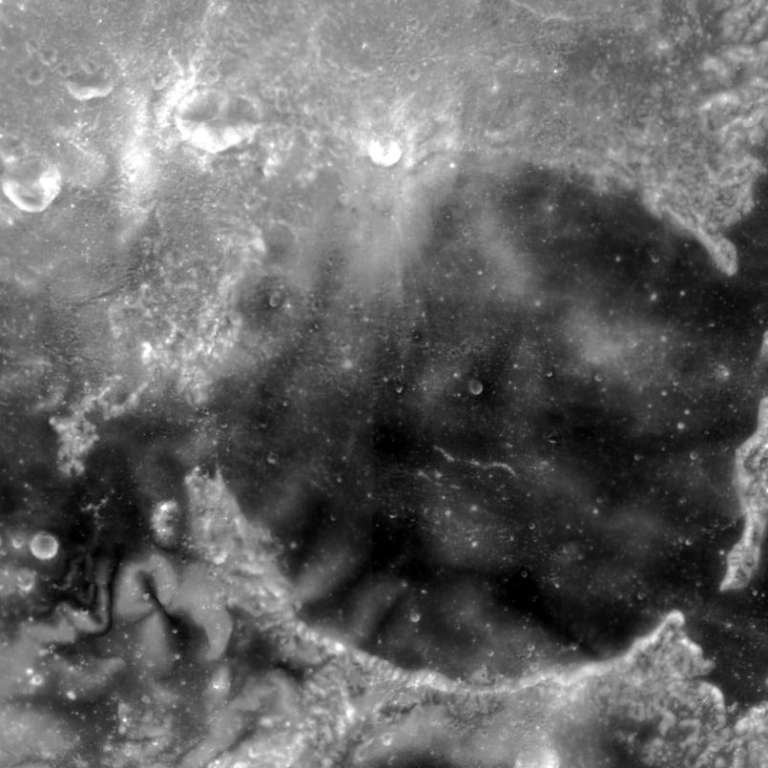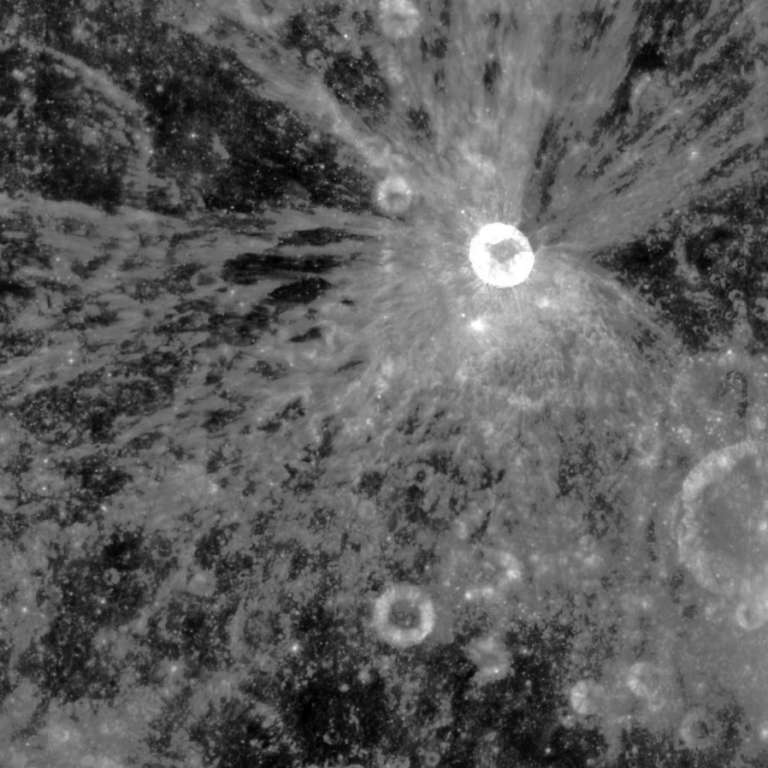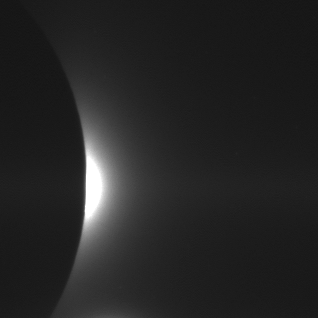Bill Dunford • Feb 25, 2013
Postcards from Clementine
Nineteen years ago this month, the Clementine mission arrived at the moon. A joint project of NASA and the Department of Defense, Clementine's goals focused on testing lightweight sensors and other deep-space technology demos—but the results reached far beyond that. Besides several technical accomplishments, the mission returned a complete map of the moon, images of the Earth, and confirmed the existance of lunar water ice.
Compared to the instruments on current spacecraft, Clementine's images were relatively small and low resolution. But a search through the raw data reveals some hidden gems. Here are some of my favorite postcards that the intrepid robotic explorer sent home.
The orbiter carried geologic mapping cameras, which let us see some lovely landscapes.


Clementine also relied on small, very lightweight (300-gram!) star tracker cameras to help it navigate, a modern version of a sailor with a sextant. It turned out that these navigational aids delivered some of the most amazing images of the entire mission.

The star trackers returned small files, but sometimes they contained some pretty amazing views.

In one dramatic case, the heavens aligned so that Clementine could see the moon eclipsing the sun as the planet Venus shone brilliantly in the same scene.

While the picture above that NASA published is one of the most famous images from the mission, it's by no means the only one the spacecraft sent down. Here's another take. Below is a different frame from the same sequence of images. I've stretched the contrast of the raw image a little, but unlike the more famous picture, I've chosen to leave the 'sparkle' created by Venus dazzling the sensor.

Clementine may not be the most celebrated deep space mission of all time, but it was an important stepping stone. And the stories it left behind are amazing even now.
Let’s Go Beyond The Horizon
Every success in space exploration is the result of the community of space enthusiasts, like you, who believe it is important. You can help usher in the next great era of space exploration with your gift today.
Donate Today

 Explore Worlds
Explore Worlds Find Life
Find Life Defend Earth
Defend Earth

